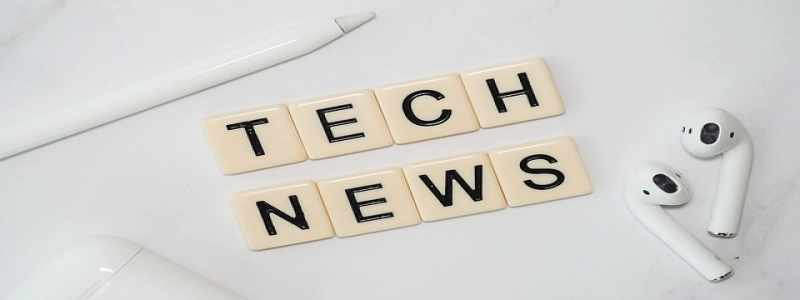De Broglie Wavelength of an Electron
Introduction:
The de Broglie wavelength is a fundamental concept in quantum mechanics that describes the wave-like behavior of particles. In 1924, Louis de Broglie proposed that particles, such as electrons, also possess wave properties. This groundbreaking theory had far-reaching implications for our understanding of the microscopic world.
I. What is the de Broglie wavelength?
The de Broglie wavelength is a measure of the wavelength associated with a particle’s wave-like behavior. It is defined as the ratio of Planck’s constant (h) to the momentum (p) of the particle. The formula is expressed as λ = h/p, where λ represents the de Broglie wavelength.
II. Importance of the de Broglie wavelength:
1. Wave-particle duality: The concept of the de Broglie wavelength supports the wave-particle duality principle, which states that particles can exhibit both wave-like and particle-like properties. This duality is crucial in modern quantum mechanics.
2. Uncertainty principle: The de Broglie wavelength is closely related to the Heisenberg uncertainty principle, which states that the more accurately we measure a particle’s position, the less accurately we can measure its momentum, and vice versa. The de Broglie wavelength helps quantify this uncertainty.
3. Electron diffraction: The de Broglie wavelength of an electron is small compared to visible light wavelengths. This property allows electrons to diffract when passing through narrow gaps or slits, leading to the observation of interference patterns similar to those encountered in light diffraction experiments. This phenomenon played a significant role in solidifying the wave-like nature of electrons.
III. Calculating the de Broglie wavelength of an electron:
To calculate the de Broglie wavelength of an electron, we need to know its momentum. For an electron with mass (m) and velocity (v), the momentum is given by p = mv. Substituting this value into the de Broglie wavelength formula, we can find the wavelength. By rearranging the equation, we obtain λ = h/(mv).
IV. Experimental evidence:
Several experiments have confirmed the existence of the de Broglie wavelength of electrons. The most famous of these is the Davisson-Germer experiment, conducted in 1927. In this experiment, a beam of electrons was directed toward a crystal surface. The scattered electrons produced a diffraction pattern consistent with the predictions based on the de Broglie wavelength. This experiment provided direct evidence of the wave-like nature of electrons.
Conclusion:
The de Broglie wavelength of an electron is a concept that revolutionized our understanding of particles and contributed to the development of quantum mechanics. It serves as a fundamental link between the wave and particle nature of matter. By calculating and observing the de Broglie wavelength, scientists have been able to explore the wave-like properties of electrons and verify their existence experimentally. This has led to advancements in fields such as material science and electron microscopy, furthering our knowledge and technological capabilities.








